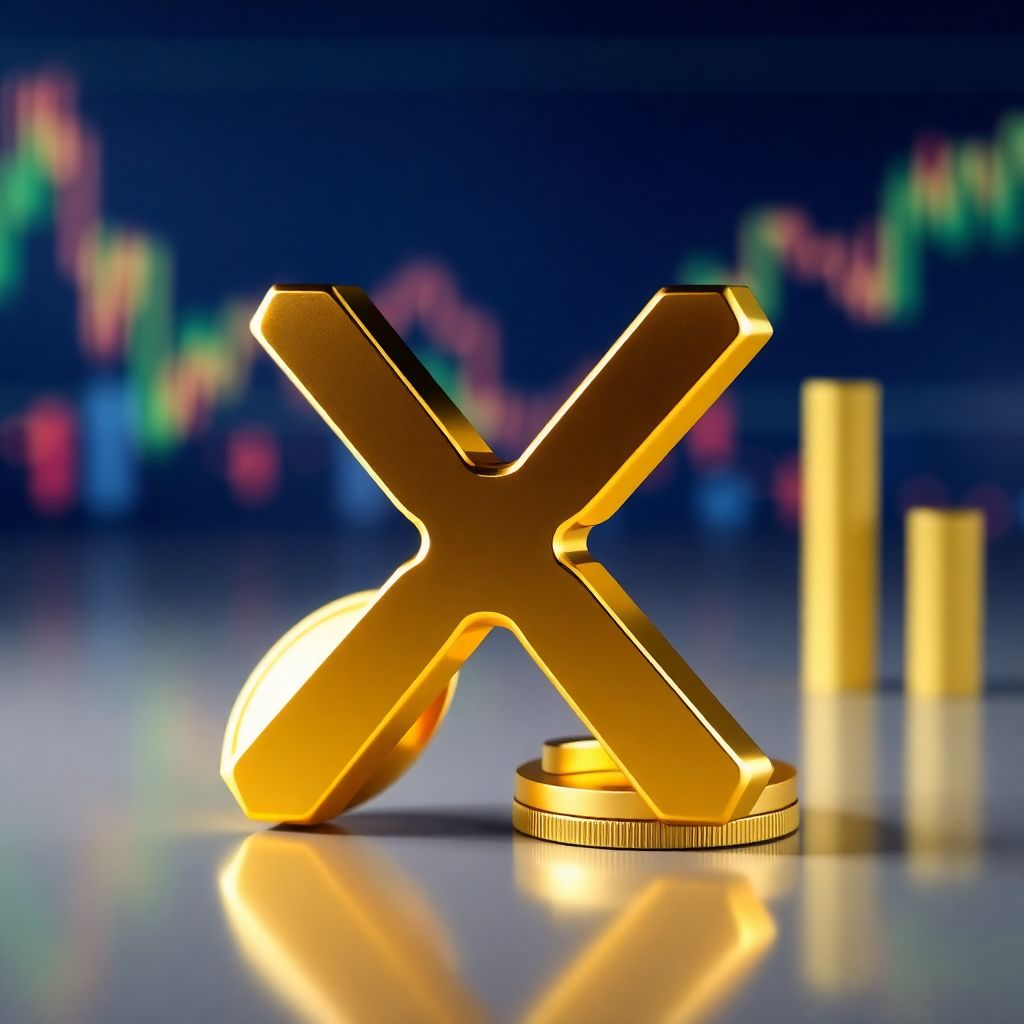XRP is showing strong signs of a potential breakout, buoyed by significant developments in both the ETF and futures markets. Recent price movements, combined with technical indicators and growing institutional interest, suggest that the token could be on the verge of a major upward trend.
On October 24, XRP saw a notable 3% increase in value as the broader cryptocurrency market rebounded. The token reached a high of $2.4655, marking an 80% surge from its monthly low. This rally is backed by a bullish chart formation and increasing investor confidence.
One of the key drivers behind XRP’s momentum is the performance of the XRPR ETF, managed by REX-Osprey. The fund recently surpassed the $100 million assets under management milestone, highlighting strong inflows despite the overall bearish conditions in the crypto market. With current holdings valued at approximately $100.89 million, this makes the XRPR ETF one of the largest among altcoin-based exchange-traded funds. Notably, the fund carries a relatively high expense ratio of 0.75%, which is more than many Bitcoin or Ethereum spot ETFs. Nevertheless, investors appear undeterred, signaling robust demand.
This success could pave the way for additional XRP-focused ETFs from other financial institutions such as Franklin Templeton and 21Shares. These upcoming funds are expected to benefit from a different regulatory structure under the Securities Act of 1933, as opposed to the Investment Company Act of 1940, which governs many current ETFs. Moreover, they are anticipated to offer lower management fees, potentially making them more attractive to institutional and retail investors alike.
CME Group also reported impressive milestones for its XRP futures contracts. Since their launch in May, the CME’s XRP and Micro XRP futures have processed over 567,000 contracts, with a notional trading volume exceeding $26 billion. This level of activity elevates XRP to one of the most heavily traded digital assets on the platform. Additionally, CME recently introduced options on XRP futures, further expanding the derivatives market for the token and providing traders with more tools for hedging and speculation.
From a technical standpoint, XRP is showing several bullish indicators. The eight-hour chart reveals that the token has not only bounced back from its yearly low of $1.3788 but is also trading above the 25-period Exponential Moving Average (EMA). More significantly, it has formed an inverse head-and-shoulders pattern—a classic technical signal often preceding a strong bullish move.
The Relative Strength Index (RSI) and the True Strength Index (TSI) are also pointing upwards, indicating growing buying pressure and momentum. If these patterns hold, XRP could challenge the next major resistance level at $3, representing a potential 21% increase from its current price.
Beyond technicals and institutional interest, macroeconomic factors may also contribute to XRP’s bullish potential. With global uncertainty surrounding traditional financial markets, cryptocurrencies are increasingly being viewed as alternative investments. XRP, with its established infrastructure and legal clarity following Ripple’s partial legal victory against the SEC, may become a preferred asset among risk-conscious investors.
Furthermore, Ripple’s ongoing partnerships with financial institutions worldwide continue to strengthen its use case. The company’s focus on real-world utility—especially in cross-border payments—provides XRP with a functional advantage over many speculative tokens. As global payment systems evolve, the demand for efficient, low-cost, and scalable solutions like those powered by XRP could rise significantly.
Another aspect worth noting is the potential impact of regulatory clarity. As countries around the world continue to develop clearer frameworks for digital assets, XRP stands to benefit from its relatively advanced compliance posture. If more jurisdictions follow suit in recognizing XRP as a non-security, this could open the doors for even broader adoption and more institutional exposure.
Additionally, the introduction of staking or yield-generating opportunities for XRP holders could further drive demand. While XRP is not natively a proof-of-stake token, integrations with DeFi protocols or centralized platforms offering yield services may attract more long-term holders.
Looking ahead, market sentiment will remain a key driver. If Bitcoin and Ethereum continue to perform well and broader investor confidence returns to the crypto space, altcoins like XRP could follow with even stronger gains. The correlation between major crypto assets often means that bullish momentum in the top-tier tokens spills over into the altcoin market, amplifying the effects seen in XRP.
In summary, XRP’s current trajectory is supported by a confluence of favorable factors: strong technical patterns, record-breaking ETF inflows, rising futures volume, and broader market optimism. With multiple catalysts lining up, the token appears well-positioned for a potential breakout that could push it toward or beyond the critical $3 resistance level in the near term.

